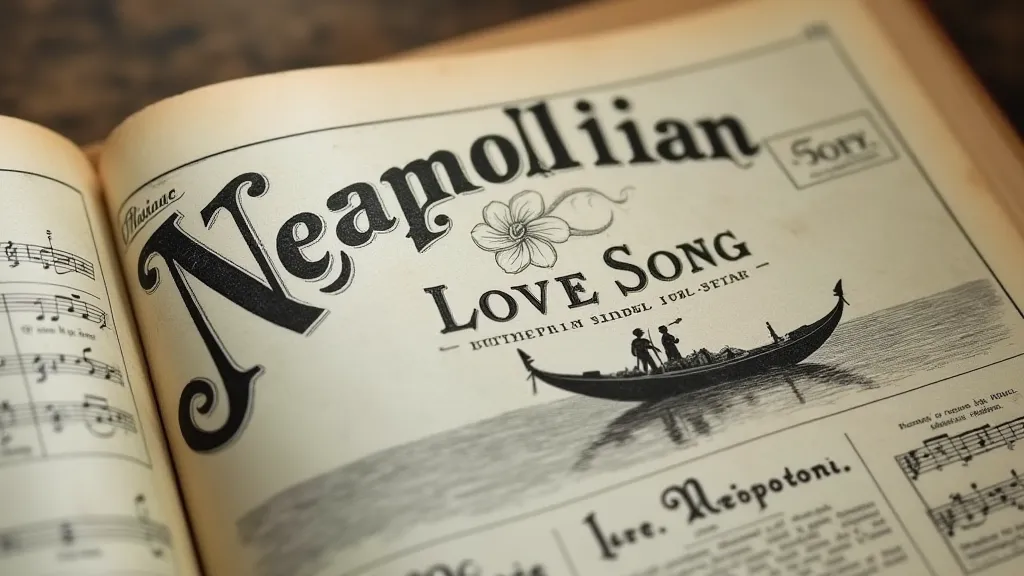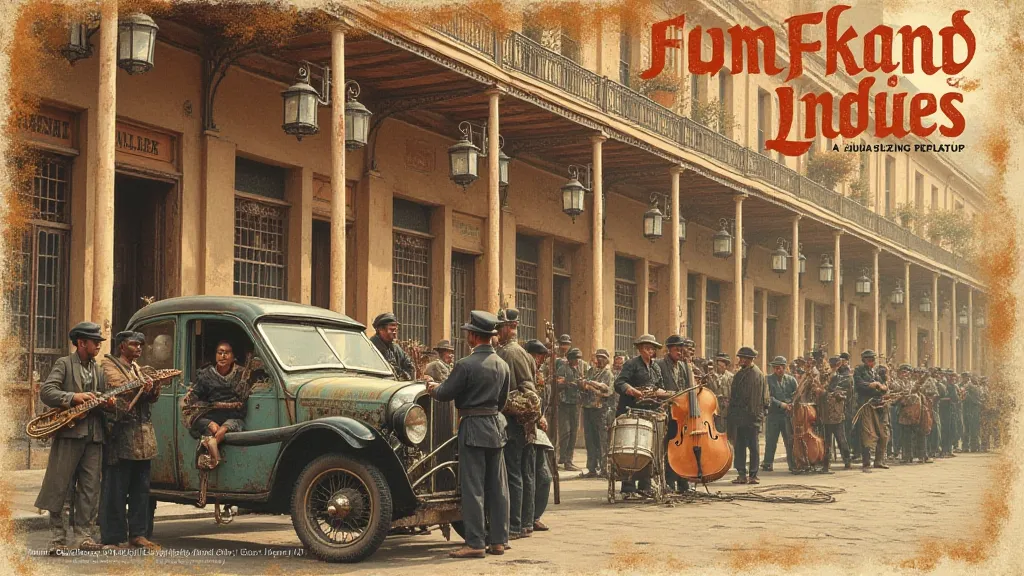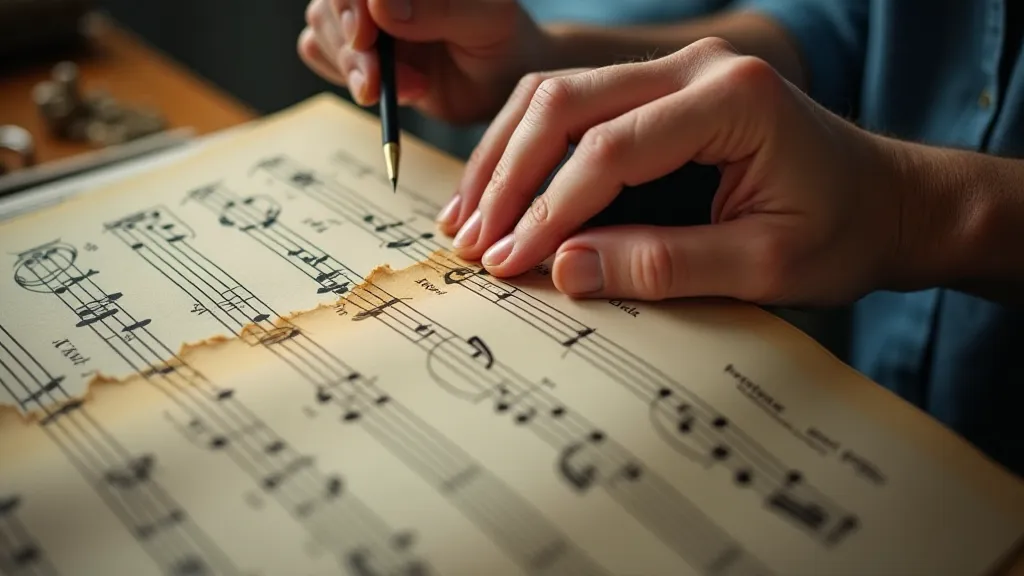Beyond the Notes: Mapping Geographical Influences on Sheet Music Styles
The scent of aged paper, the gentle crackle as you turn a fragile page… collecting vintage sheet music isn’t just about acquiring paper; it’s about holding a tangible piece of history. Each sheet represents a moment in time, a popular song echoing from a bygone era. But beyond the notes themselves lies a fascinating story – a story of how geography, culture, and regional identity profoundly shaped the music we played and the sheet music that documented it. It’re a narrative as rich and layered as the harmonies within the songs themselves.
I remember, as a young boy, being captivated by my grandfather’s antique accordion. It wasn’t particularly valuable, not in a monetary sense. But the way it sat in the corner of his music room, a silent, gleaming witness to decades of melodies, held an irresistible allure. He’s gone now, but the memories of his playing—often simple folk tunes learned from his own father—remain vivid. He’d tell me stories about the musicians who wrote those tunes, often immigrants who carried their musical heritage with them, weaving it into the fabric of their new lives. He often remarked that the stories embedded in the lyrics and the context of the music itself were often more revealing than the notes themselves, hinting at broader social narratives. He understood that sheet music wasn't merely about the composition; it was a document of an age, reflecting its values, beliefs, and societal shifts. In some instances, the silent testament of the paper itself spoke volumes—worn edges indicating countless performances, faded ink revealing the passage of time.
The European Roots: A Continent of Sound
Europe, naturally, is where much of this story begins. The sheet music collections of the late 19th and early 20th centuries are dominated by European composers and popular songs. But even within Europe, regional differences are immediately apparent. Italian sheet music, for example, is often characterized by a vibrant operatic style, reflecting Italy's rich tradition of opera and bel canto. Think of the dazzling covers of early Caruso and Patti sheet music—full of flourish and theatrical bravado. The Italian influence permeated popular music too, with romantic ballads and Neapolitan songs finding their way onto piano rolls and into parlors across the world.

German sheet music often reflects a more structured and formal approach, influenced by the nation’s classical music traditions. Think of the waltzes of Johann Strauss Jr., meticulously notated and designed to evoke a sense of elegance and sophistication. Austrian sheet music, closely linked to German styles, often featured Alpine folk melodies and composers like Franz Schubert, whose Lieder (songs) became hugely popular across Europe and beyond. The spirit of those times, though, often went beyond the music itself, hinting at deeper narratives about aspiration and hope. The imagery on sheet music covers often presented idealized versions of reality, subtly guiding perceptions and offering a glimpse into the dreams of a generation. It’s fascinating to consider how these visual representations, often overlooked, shaped the cultural landscape.
Moving north, British sheet music often presented a mix of patriotic ballads, music hall numbers, and the beginnings of a distinct English popular song style. The Victorian era's penchant for sentimentalism and moral storytelling is clearly evident in many of the sheet music covers and song lyrics. A closer look reveals how the selection and presentation of songs themselves served as a form of social commentary, subtly influencing public opinion and reinforcing societal norms. Those interested in exploring these hidden messages may find it illuminating to examine the paper’s testimony, revealing social commentary through song lyrics.
Across the Atlantic: American Innovation and Regional Styles
The transatlantic flow of music intensified in the 19th century, with American sheet music playing an increasingly dominant role. However, America itself was not a monolithic entity musically. Regional variations were significant. Early American sheet music reflected the diverse cultural backgrounds of the immigrants who settled in different parts of the country.
New Orleans, for instance, fostered a unique musical landscape. Ragtime, with its syncopated rhythms and improvisational flair, emerged from this vibrant city, influencing popular music across the nation. The sheet music from this period often displayed a lively and often humorous aesthetic, reflecting the city’s spirit. This era wasn’t merely about entertainment; it provided a window into the collective hopes and dreams of a burgeoning nation, where music acted as a powerful unifier.
Further north, in cities like Boston and New York, the emphasis was often on more refined and sophisticated music, reflecting the growing influence of European classical traditions. The “Tin Pan Alley” era in New York City, the birthplace of many iconic American songs, produced a vast output of sheet music aimed at a broad audience, leading to a more standardized and commercially driven style.
Southern sheet music often incorporated elements of blues and gospel music, showcasing a distinctly African American musical heritage. The influence of the Mississippi Delta region can be heard in many early blues compositions, and these sounds gradually seeped into mainstream popular music, reflected in the sheet music that became widely available. The dreams and aspirations contained within those scores, however, frequently extended beyond mere musical expression, offering a glimpse into the broader aspirations of individuals and communities striving for a better future. It’s interesting to note how the presentation of those dreams could differ dramatically depending on the intended audience and the cultural context. As my grandfather often pointed out, the subtle shifts in imagery and lyrical content could convey profound messages, often going beyond the surface meaning of the music.

The Impact of Instrumentation: The Rise of the Piano Roll
The burgeoning music publishing industry wasn’re just about the notes on the page; it was about the instruments people were playing. The development and mass production of the piano roll had a profound effect on sheet music styles. Piano rolls, mechanically played instruments, dictated a certain degree of standardization. While composers could still be creative, the limitations of the technology led to a focus on melodies that translated well mechanically. This often resulted in simpler harmonies and arrangements compared to what might have appeared on a more complex orchestral score. Beyond the technical constraints, however, lay a fascinating interplay between artistic expression and commercial viability. The need to adapt compositions for mechanical reproduction influenced not only the musical arrangements but also the overall aesthetic of sheet music, shaping the industry’s trajectory and defining a unique era in musical history.
Collecting with a Regional Eye
For collectors, understanding these geographical influences adds another layer of appreciation. Focusing on a specific region—perhaps the sheet music of New Orleans in the early 1900s, or the patriotic songs of Victorian England—can yield a fascinating journey into a particular time and place. Look for clues in the faded ink of dreams—how sheet music inspired aspirations—to understand the cultural significance of each piece. It’re a powerful lens through which to view history.
My grandfather’s accordion and the sheet music he played aren’t exceptionally valuable. But the collection represents so much more than just paper and metal. It’re a reminder of the power of music to connect us across time and distance, and the way geography shapes the melodies we create and cherish. Every piece of vintage sheet music is a portal, transporting us to another place and time, offering a glimpse into the lives of those who came before us, and the music that filled their world.






